Resolution No. 57-NQ/TW clearly identified science , technology, innovation and digital transformation as "the main driving force for the country's rapid and sustainable development". In your opinion, how should this statement be concretized in the context of Vietnam facing many opportunities and challenges of the digital age?
First of all, it is necessary to prioritize science, technology, innovation and digital transformation in policy planning and implementation, closely linked to socio -economic development, national defense - security and environmental protection goals. This requires the institutional and policy system to be flexible, transparent, and focus on creating and building a legal corridor for the formation and development of new business models based on science, technology and innovation such as artificial intelligence (AI), blockchain, internet of things (IoT), big data, and biotechnology.
Along with that, Vietnam needs to proactively invest in digital infrastructure, data infrastructure, cloud computing platforms and 5G/6G networks, invest in developing strategic technologies and strategic technology products to create the foundation for a comprehensive digital economy. The concretization also includes building controlled policy testing mechanisms (sandboxes) in strategic areas with Vietnam's competitive advantages, encouraging businesses, research institutes and universities to cooperate closely to quickly commercialize and bring research results to market, improve national capacity and competitive position.
This concretization is also reflected in the maximum mobilization of social resources for science, technology, innovation and digital transformation. Opportunities come from new technology waves, new business models and the trend of shifting global value chains, where Vietnam can make a breakthrough if it masters core technology, foundation technology, strategic technology and new, creative business models. However, the challenges are also huge: the risk of falling behind in technology, brain drain, dependence on imported technology and the digital gap between social groups.
To turn opportunities into reality, we need to focus on three pillars: Developing high-quality human resources, especially in the field of strategic technology; perfecting the national innovation ecosystem, supporting creative startups, protecting intellectual property rights; building a culture of innovation, forming a safe and trustworthy digital environment, ensuring network security and data privacy. When these pillars are deployed synchronously, science, technology, innovation and digital transformation will become a real driving force, helping Vietnam not only keep up but also lead in some areas.
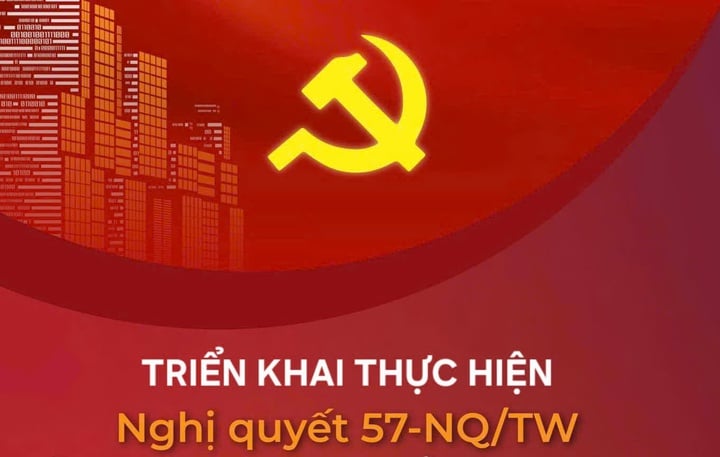
Illustration photo.
From your perspective, what is new and groundbreaking about Resolution No. 57-NQ/TW compared to previous policies?
Resolution No. 57-NQ/TW marked an important step forward in thinking about science and technology development. Unlike previous policies that focused mainly on scientific research, application and development of individual technologies, Resolution No. 57-NQ/TW placed science, technology, innovation and digital transformation in a unified whole, considering this as the main driving force for rapid and sustainable development. The breakthrough is to put institutional factors first, emphasizing the completion of a flexible legal environment, paving the way for new business models, emerging technologies and sandbox forms. The Resolution also clearly mentioned the role, position and importance of the science and technology market, intellectual property, quality measurement standards and nuclear radiation safety as synchronous and inseparable components to enhance national innovation capacity.
What factors need to be prioritized so that the Resolution can be implemented quickly and effectively?
There are four core elements:
1. Strong institutional reform to remove legal barriers, creating conditions for businesses, research institutes, and universities to proactively innovate new technologies and business models.
2. Focus on investing in digital infrastructure, key laboratories, and innovation centers to avoid spreading resources.
3. Developing the science and technology market through commercialization of research results, valuation of intellectual property, promotion of technology transactions, and connection with international markets.
4. Attract and utilize high-quality human resources, including Vietnamese experts abroad and international experts.
For effective implementation, it is necessary to have a mechanism to regularly monitor and evaluate policy impacts; promote public-private cooperation to maximize social resources, especially from the business sector; build digital trust by ensuring cybersecurity, protecting personal data, and making transactions and technology testing transparent.
As the capital, Hanoi is assigned a leading role in many fields, including developing an innovation ecosystem. In your opinion, what should Hanoi do to take the lead in implementing Resolution No. 57-NQ/TW, becoming the center of science, technology and innovation of the whole country?
In my opinion, Hanoi should focus on two main directions.
Firstly, perfecting the institutional foundation and synchronous infrastructure. As the capital, Hanoi needs to focus on perfecting the institutional environment and infrastructure for the innovation ecosystem. First of all, it is necessary to pioneer the application of sandbox mechanisms for new business models based on science, technology and innovation, thereby creating flexible legal conditions for businesses, research institutes and universities to test and deploy initiatives in practice. At the same time, it is necessary to invest heavily in high-tech zones, interdisciplinary research centers, and key laboratory networks associated with priority industries such as artificial intelligence, biotechnology, new materials and clean energy. Connecting digital infrastructure, including open databases, cloud computing platforms and big data analysis services, will be a key factor in helping entities in the ecosystem cooperate and share resources effectively.
Second, promote the role of a "launching pad" for human resources and capital for innovation. Hanoi needs to implement a program of close linkage between enterprises - institutes - schools to quickly commercialize research results; apply tax incentives, credits, and venture capital funds for innovative startups and science and technology enterprises. In addition, it is necessary to proactively attract international experts, overseas Vietnamese intellectuals and global technology corporations. The combination of organizing international events, technology exhibitions, and innovation forums will also help Hanoi spread its influence, gradually affirming its position as a leading center of the country.
One of the major barriers to science and technology is the gap between research and practical application. In your opinion, how can we overcome this bottleneck and turn research results into real growth drivers for the economy?
- To narrow the gap between research and practical application, three solutions are needed at the same time:
The first is to strengthen the connection between technology supply and demand. The gap between research and application largely comes from the lack of connection between research units and market needs. To clear it, it is necessary to build a mechanism to "order" research from businesses and management agencies, ensuring that topics come from practical requirements. Technology exchanges, technology and equipment markets need to be upgraded to national digital platforms, allowing for quick and transparent publication, search and trading of research results. Combining technology trade promotion programs, investment connections and intellectual property protection will also create conditions for research and technology results to quickly enter production and life.
The second solution is to promote commercialization and benefit-sharing mechanisms. Many research results currently stop at reports or prototypes due to the lack of mechanisms and policies to promote commercialization. Therefore, there needs to be a legal framework that allows scientists and research organizations to share reasonable profits when the results are successfully applied. Venture capital funds and science and technology development funds of enterprises should be encouraged to co-finance activities to bring products to market. In addition, establishing centers to support innovative startups in institutes and schools will help research not only stop at the testing stage but quickly move to mass production, creating clear and specific economic value.
Third is to develop human resources and create a favorable testing environment. For research results to be quickly applied, science and technology human resources need to be equipped with business skills, project management and legal knowledge of technology transfer. At the same time, a controlled policy testing mechanism in the field of new technology and new business models needs to be widely deployed, allowing research products to be tested in real market conditions with low legal risks. Linking high-tech zones, technology business incubators and pilot production zones will create a favorable legal corridor for innovation, helping research results shorten the time from the laboratory to commercialization, contributing directly to economic growth.
Thank you very much!
Source: https://mst.gov.vn/dong-luc-chien-luoc-de-viet-nam-but-pha-197251019183612621.htm


![[Photo] National Assembly Chairman Tran Thanh Man holds talks with Hungarian National Assembly Chairman Kover Laszlo](https://vphoto.vietnam.vn/thumb/1200x675/vietnam/resource/IMAGE/2025/10/20/1760952711347_ndo_br_bnd-1603-jpg.webp)
![[Photo] Prime Minister Pham Minh Chinh meets with Speaker of the Hungarian National Assembly Kover Laszlo](https://vphoto.vietnam.vn/thumb/1200x675/vietnam/resource/IMAGE/2025/10/20/1760970413415_dsc-8111-jpg.webp)
![[Photo] Prime Minister Pham Minh Chinh received Mr. Yamamoto Ichita, Governor of Gunma Province (Japan)](https://vphoto.vietnam.vn/thumb/1200x675/vietnam/resource/IMAGE/2025/10/21/1761032833411_dsc-8867-jpg.webp)





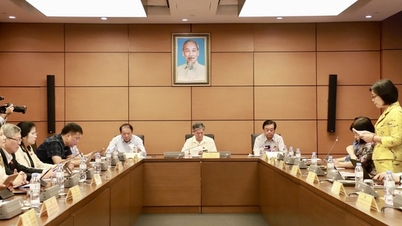


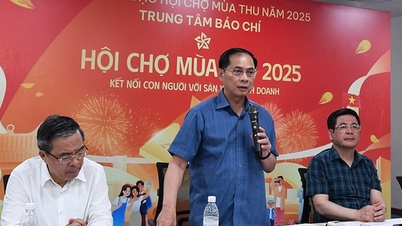
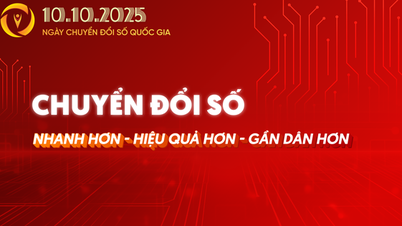




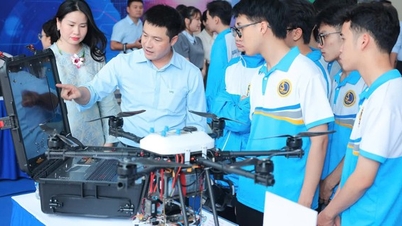
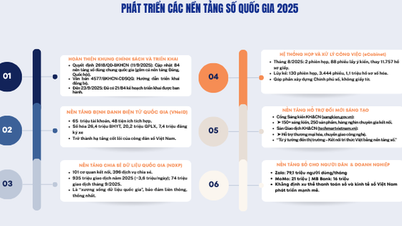
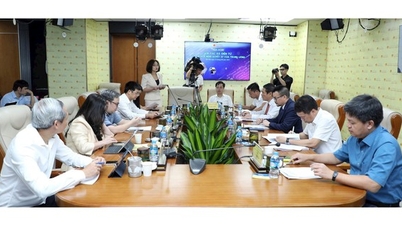
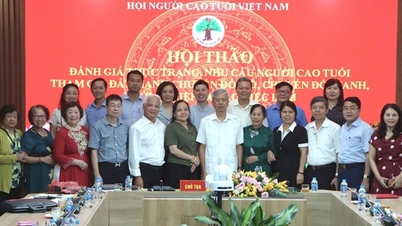


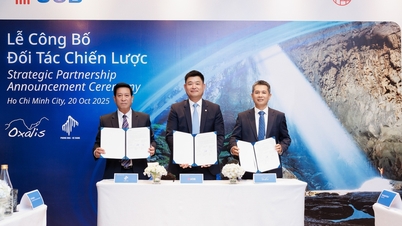







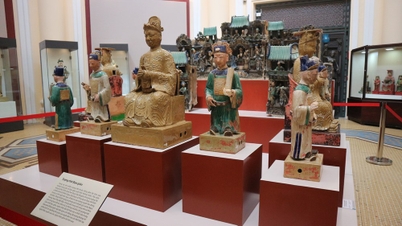


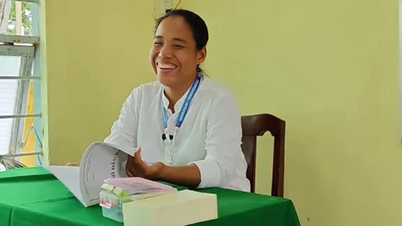
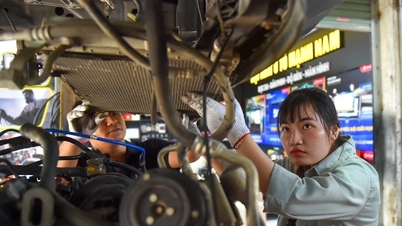










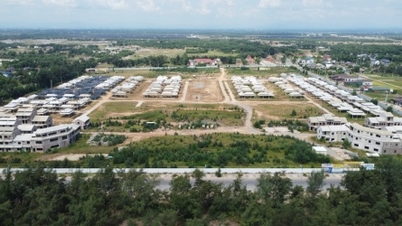




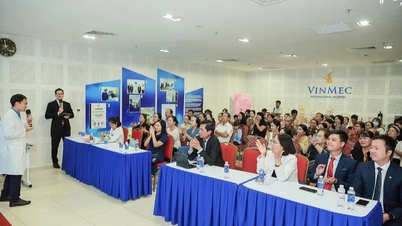

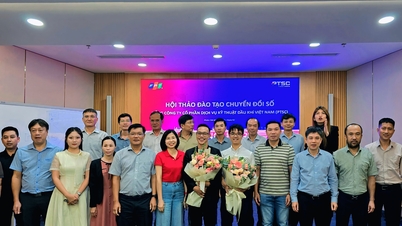
















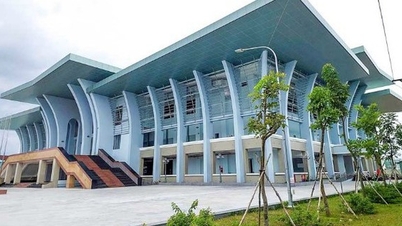


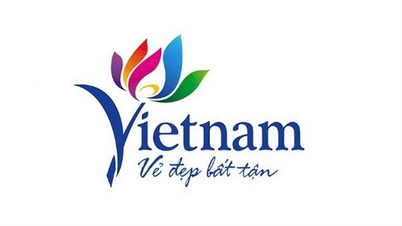
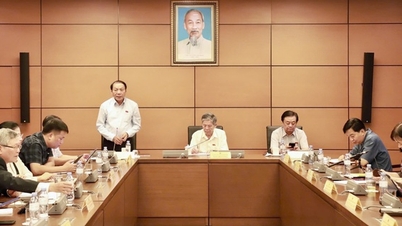


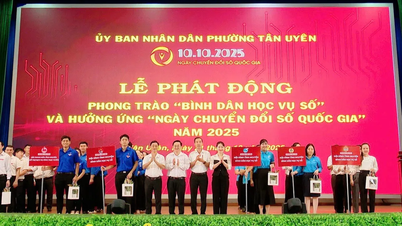




















Comment (0)